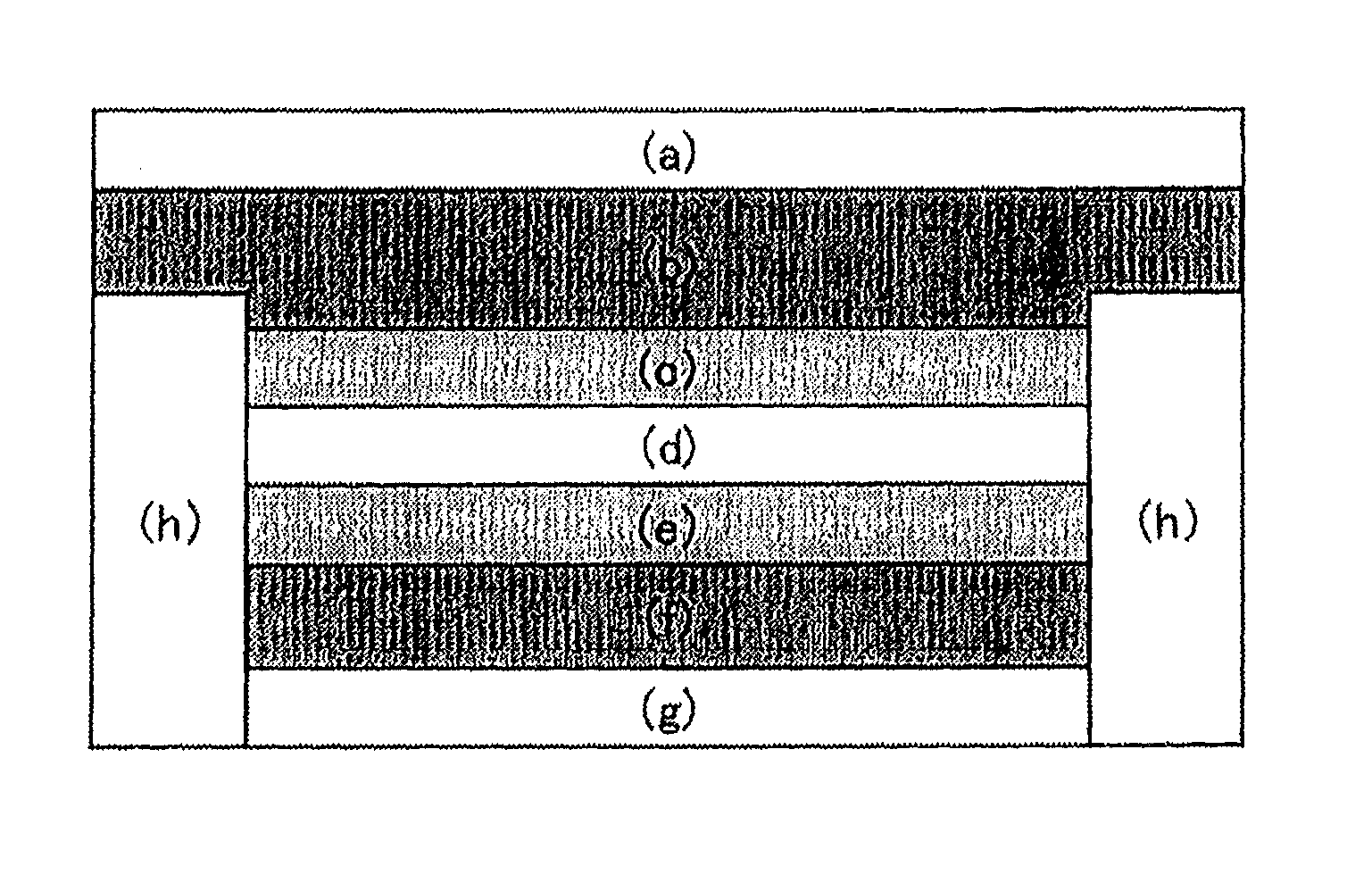Acrylic polymer for use in pressure-sensitive adhesive composition for touch screen panel
a technology of acrylic polymer and pressure-sensitive adhesive, which is applied in the direction of adhesives, film/foil adhesives, electric digital data processing, etc., can solve the problems of pressure-sensitive adhesives, bubbles may be entrapped between the uneven surface and the pressure-sensitive adhesive, and the adhesive sheet is conventionally used for this purpose. , to achieve the effect of high permittivity, high adhesion, and high permittivity
- Summary
- Abstract
- Description
- Claims
- Application Information
AI Technical Summary
Benefits of technology
Problems solved by technology
Method used
Image
Examples
production example 1
[0117]89 mass parts of butyl acrylate, 5 mass parts of 2-hydroxyethyl acrylate, 5 mass parts of acrylamide, 1 mass part of vinyl acetate, 150 mass parts of ethyl acetate, and 0.5 mass parts of 2,2′-azobisisobutyronitrile were placed into a separable flask equipped with a condenser, a nitrogen inlet tube, a thermometer, a stirrer, and a dropping funnel. While the mixture was stirred, the temperature was raised to 68° C. in a nitrogen atmosphere, and a polymerization reaction was allowed to proceed for 5 hours. After dropwise addition of a monomer mixture, the temperature was raised to 85° C. and stirring was continued for 3 hours, after which the mixture was cooled to 30° C. The copolymer solution thus obtained had a non-volatile content of 40.5%, a viscosity of 3,200 mPa·s, and a weight-average molecular weight of 900,000 (90×104).
production example 2
[0118]A polymerization reaction was carried out in the same manner as in Production Example 1 except that the monomer composition was changed as shown in Table 1. The obtained copolymer solution had a non-volatile content of 41.3%, a viscosity of 7,800 mPa·s, and a weight-average molecular weight of 1,000,000 (100×104).
production example 3
[0119]A polymerization reaction was carried out in the same manner as in Production Example 1 except that the monomer composition was changed as shown in Table 1. The obtained copolymer solution had a non-volatile content of 39.8%, a viscosity of 5,000 mPa·s, and a weight-average molecular weight of 1,300,000 (130×104).
PUM
| Property | Measurement | Unit |
|---|---|---|
| Temperature | aaaaa | aaaaa |
| Percent by mass | aaaaa | aaaaa |
| Percent by mass | aaaaa | aaaaa |
Abstract
Description
Claims
Application Information
 Login to View More
Login to View More - R&D
- Intellectual Property
- Life Sciences
- Materials
- Tech Scout
- Unparalleled Data Quality
- Higher Quality Content
- 60% Fewer Hallucinations
Browse by: Latest US Patents, China's latest patents, Technical Efficacy Thesaurus, Application Domain, Technology Topic, Popular Technical Reports.
© 2025 PatSnap. All rights reserved.Legal|Privacy policy|Modern Slavery Act Transparency Statement|Sitemap|About US| Contact US: help@patsnap.com



